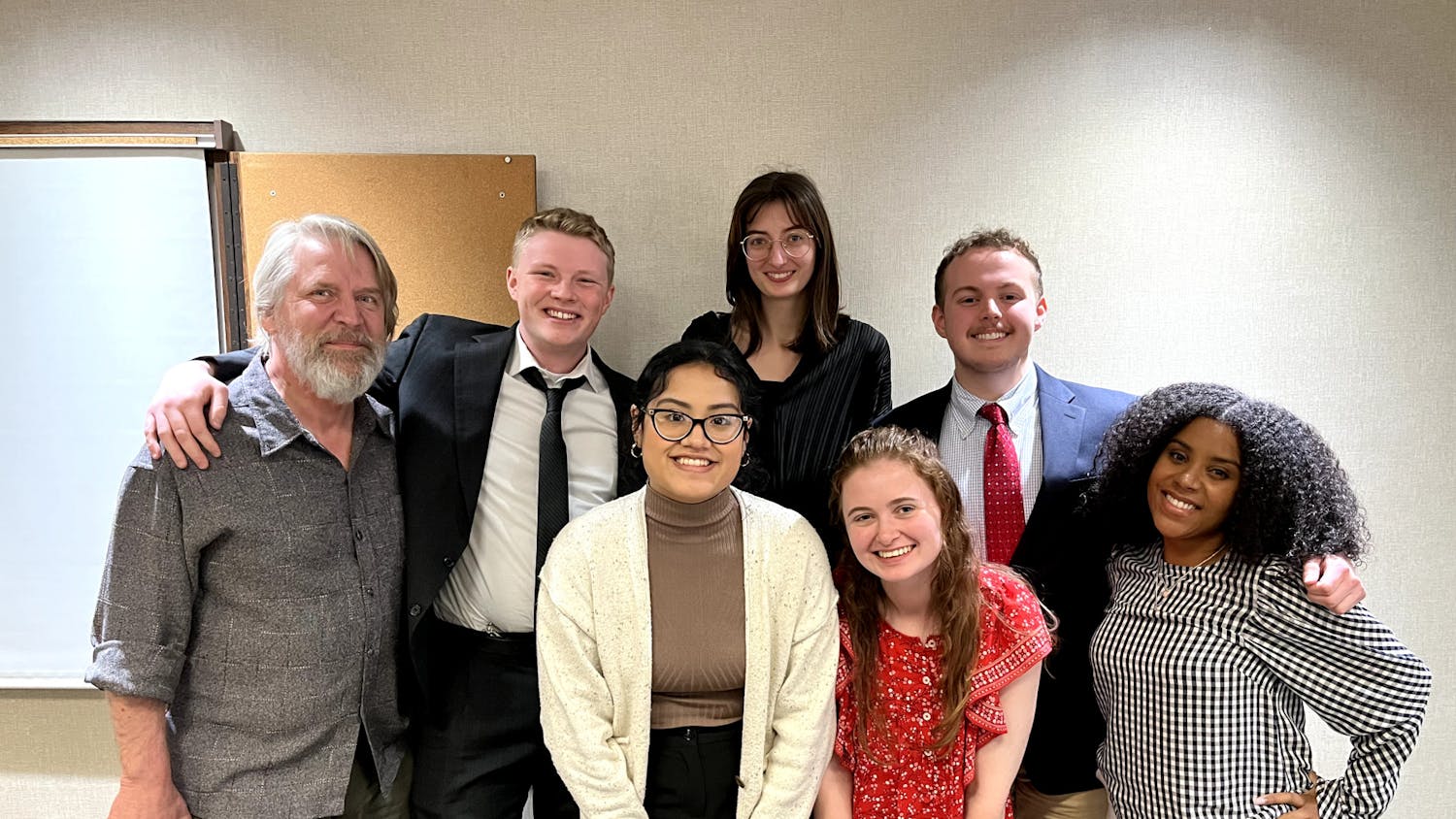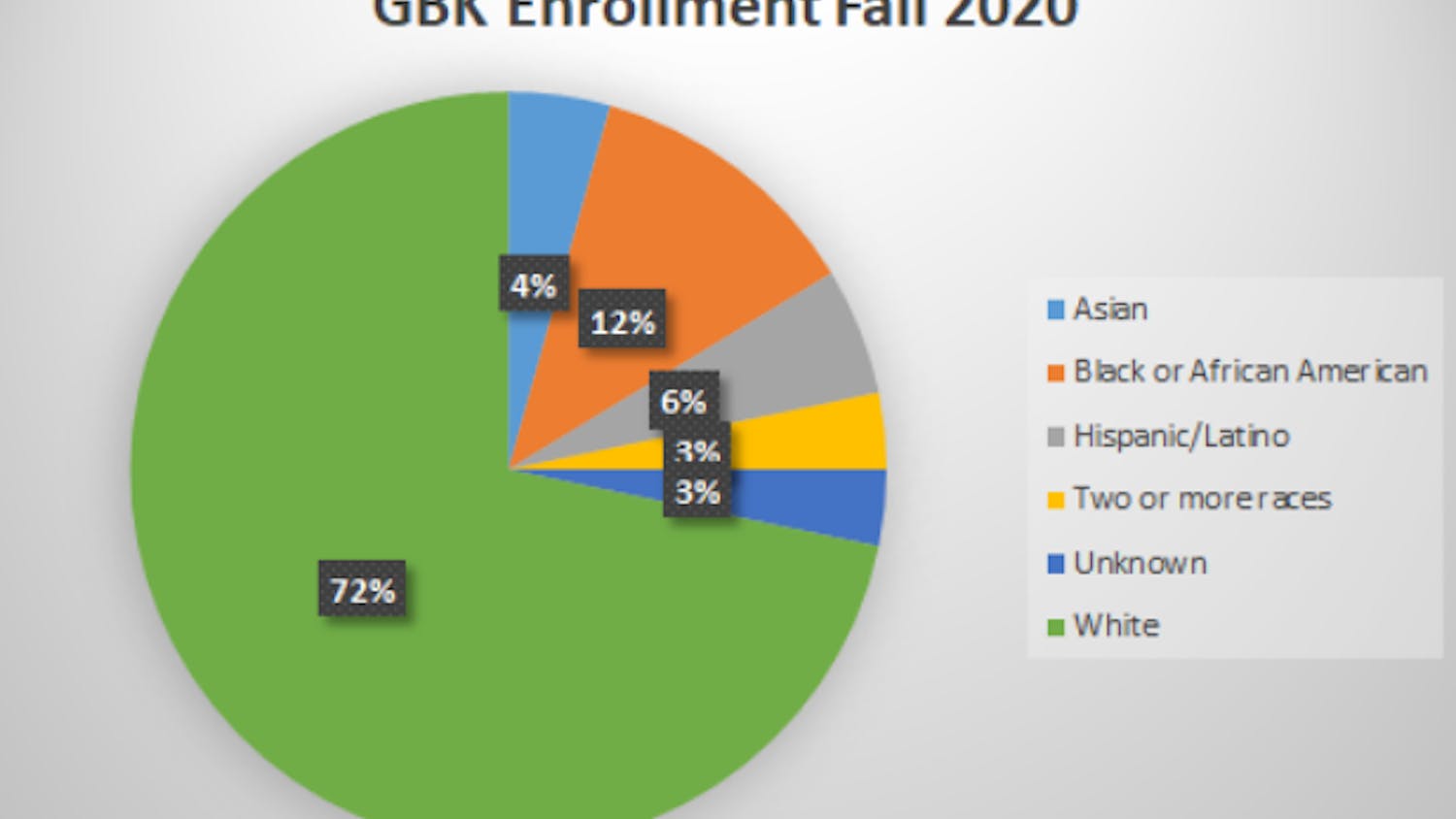



Twitter, Facebook, YouTube, Tumblr, Pinterest…if I were to write a composite list, it would seemingly expand beyond human comprehension. Okay, maybe not that far, but the list of social media infiltrating daily lives of individuals is extensive. The only thing that compares to the extensiveness of social media is maybe its use in classes of all learning statuses.
Every day more and more universities, high schools and primary education systems are seamlessly incorporating social media tools in order to speak with and teach students the materials necessary to pass the course and continue their educational pursuits. It is no secret that the educational society is running toward even more social media use, rather than away from it. The question then becomes: is the use of social media a hindrance to higher education? Do classroom subjects become lost in the expansiveness of the Web the second they are launched online? Are students becoming less engaged since the innovation of scholarly uses for social media?
The answer to all these questions is a resounding no. An inquiring mind needs only to consult the plethora of scholarly articles on the subject and the students themselves to realize that social media use is extremely benefi cial in this day and age where knowledge is at the fingertips of anyone seeking it. Social media use in the classroom promotes easy access to course materials, eases the strain on communication and prepares students for the future where technology is sure to be the forerunner of necessary skills.
With mobile phones now capable of access to the online world, the entire Internet literally fi ts in a pocket. Leaders of social media platforms realize this new need for direct access to knowledge and are creating technologies to satisfy this need. For instance, iTunes U, a product of Apple meant to teach entire courses in the form of different apps, has garnered attention from even the Ivy Leagues, such as Harvard, Stanford and Penn State. The apps volunteer all information regarding the course such as textbooks, workbooks, notes and homework. For a one-time payment, all these materials will be downloaded into the student’s tablet. Through iTunes U, students may even receive messages from the professor regarding course work and send messages to other students in the same course.
This type of easy access to the information by way of social media destroys all the barriers that lie between students and the materials needed to fully understand the course.
At its core, communication is the root of all social media. This is an obvious notion because the term “social media” literally defines itself by the word “social.” Any thoughtful teacher is always careful to make sure the line of communication between professor and student is not breeched, so it’s no surprise that more and more educational leaders are taking the initiative and submersing themselves in the online world in order to have a more direct line of communication with their students. In fact, according to the Babson Survey Research Group, over 90 percent of faculty uses social media to communicate course materials or to plan lessons.
The population of educators online does not just lend itself to per- sonal use, either. Countless teaching organizations may be found on Twitter, a virtual location where users can post and stream mes- sages under 140 characters that may include links, pictures and vid- eos. These organizations, such as The National Council of Teachers of English (NCTE), offer a wide range of ideas for instructors as well as help for students. The direct access students have with their professors can lead to better correspondence between student and instructor and may lead to a better understanding of the course material for the student, and a better understanding of the student for the instructor. This type of communication is catching on fast, and there is no foresight to whether it will end anytime soon.
Social media use should be introduced to students as early as possible because students need to be taught how to properly use social media. If society does not take advantage of this opportunity, their scholars will lack the sense needed to decide what to share on social media sites, and how sensitive information should be handled online. The internet is already an integral part of any progressive individual’s life and will only become more prominent, so the idea of social media use in class is not only respectable, but necessary. The idea that social media use in the classroom is a hindrance to learning stems from a lack of understanding the positive effects its use may have on those using it to its full advantage. If not taught in the classroom, instructors are only inhibiting students from reach- ing their goals. Students will use social media regardless of its use in the education system, so why not use an already implemented tool in a way that would benefit both parties?




